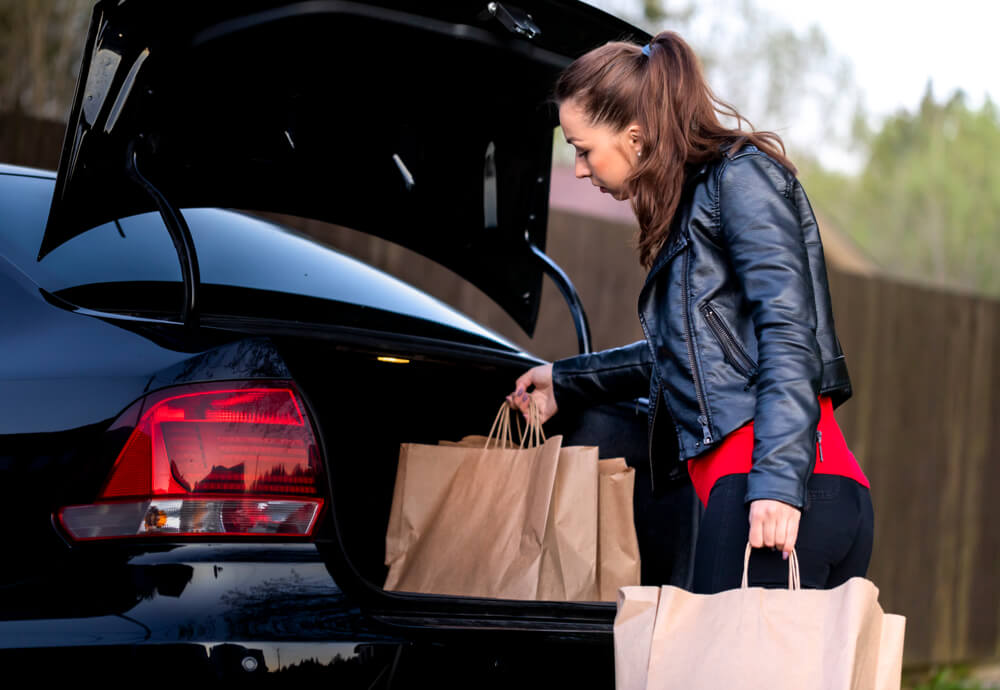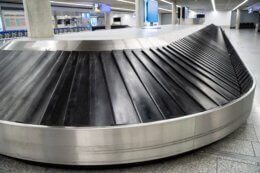
Australians are forking out over $1,000 more a year on groceries now than they were at the same time last year, with new Compare the Market research revealing groceries are now the most worrisome bill for Aussie households.*
The research found that the average Aussie now spends $213.64 on groceries every week, equal to an 11.5% increase or an extra $21.98 weekly compared to the $191.66 they were paying in January 2024. Over a year, that’s an additional $1,142.96 on groceries alone.
More than a quarter of Australians (25.9%) say the cost of groceries will be their most worrisome bill in 2025, up 1.1% from 24.8% in August 2024.**
Compare the Market’s Sarah Orr said even small increases were adding up for families struggling to balance their household budgets.
“It doesn’t matter what aisle you’re walking down – price hikes are coming from almost every direction at the supermarket,” Ms Orr said. “The cost of everyday items like coffee and chocolate have surged due to supply issues, making it hard for Aussies to avoid the sting.
“While the changes might seem small in isolation, collectively they can make a huge difference. Our research shows average monthly grocery spend is up $95 compared to a year ago – that is more than $1,000 added to receipts over the course of a year.
“For some Aussies that could mean having to cancel a weekend away or scrapping some family plans. For others it could mean going into debt to cover the cost of other bills and expenses. We’ve even heard that some vulnerable Australians have been skipping meals to stay afloat financially.”
| Location | Weekly Spend groceries January 2024 | Weekly Spend groceries January 2025 | Dollar difference | Percentage difference |
| National | $191.66 | $213.64 | $21.98 | 11.5% |
| NSW | $195.94 | $212.90 | $16.96 | 8.7% |
| QLD | $172.29 | $210.46 | $38.17 | 22.3% |
| SA | $167.21 | $193.58 | $26.37 | 15.8% |
| VIC | $199.25 | $216.85 | $17.60 | 8.8% |
| WA | $178.17 | $214.21 | $36.04 | 20.2% |
Source: Compare the Market survey of 1,005 Australian adults, conducted Jan 2024, and survey of 1,010 Australian adults, conducted Dec 2024. NT, ACT and Tas included in national total.
Grocery spending habits differed around Australia, with Queenslanders reporting the biggest increase year-on-year. The average Queenslander now spends $38.17 more on groceries than they did last January – a 22.3% jump or $1,984.84 annually.
It’s a similar story in Western Australia, where the weekly spend on groceries has jumped around $36 year-on-year.
At the other end of the scale, households in New South Wales and Victoria saw the smallest grocery shop increases, sitting at just shy of 9% each.
The average home in New South Wales is still spending around $882 extra on groceries a year, while it’s slightly higher at $915 in Victoria.
Ms Orr said there were several other reasons people may be spending more at the supermarket.
“We know that Aussies are cutting back on small luxuries like dinners out and takeaway meals, which means they are also cooking more at home” Ms Orr said.
“Instead of buying lunch at work, they may be planning ahead and freezing meals for the week. All this leads to a much fuller trolley and a longer grocery bill.
“We have also seen bill relief in the form of things like energy rebates and cheaper public transport in Queensland which has helped free up some cash for other essentials.”
Ms Orr’s top tips for saving more at the grocery store
- Plan ahead – Do some research before hitting the shops and plan meals around what’s on special. You may even be able to find more significant savings on items like chocolates, cleaning products, drinks and more at discount and department stores.
- Avoid the loyalty tax – You may be able to save by trying so-called “home” brands or lesser-known labels. When it comes to big brands, often you’ll pay a premium for the company name and nicer packaging.
- Devil in the detail – Look at the unit prices which are displayed in smaller print under the item price. This will give you a better understanding of whether you’re better off buying a smaller quantity, purchasing in bulk or if you’re really getting your money’s worth.
- Get rewarded – Never forget your rewards cards and “boost” your point earning power within the apps. Some supermarket chains also paid versions of reward programs that may allow you to unlock bigger savings. Always ensure any savings outweigh the price you pay for a subscription.
- Friends with benefits – Many insurance companies, energy retailers, utility businesses and even roadside assist programs offer some shopping discounts. Check to see if there are any deals or perks you’re already entitled to.
*Survey of 1,010 Australian adults, conducted December 2024
**Survey of 3,000 Australian adults, conducted August 2024
For more information, please contact:
Phillip Portman | 0437 384 471 | [email protected]
Compare the Market is a comparison service that takes the hard work out of shopping around. We make it Simples for Australians to quickly and easily compare and buy insurance, energy, and home loans products from a range of providers. Our easy-to-use comparison tool helps you look for a range of products that may suit your needs and benefit your back pocket.








